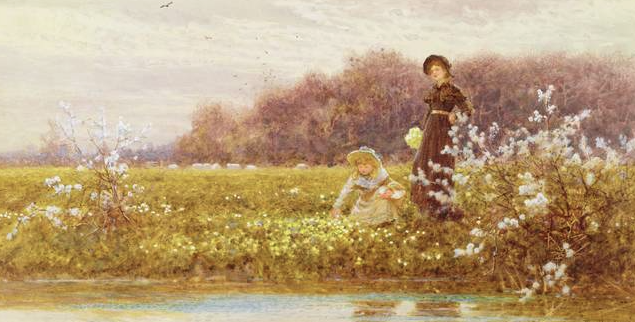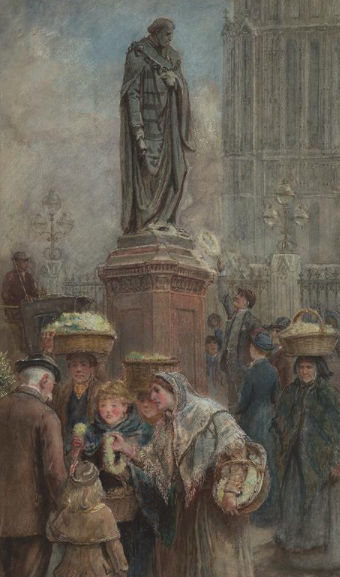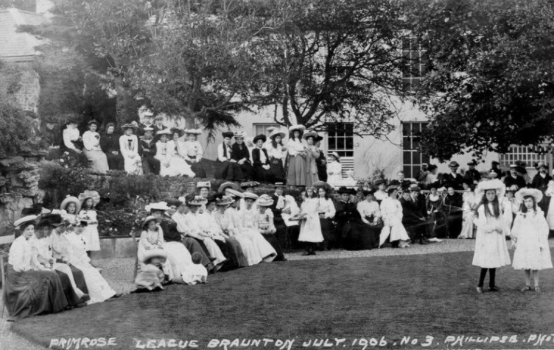It’s March but not as we know it, it’s snowy and icy cold outside, minus minus minus. But there’s a reason to cheer, Spring will be here soon, it’s just a bit delayed. And how do we know? Because the garden centres are full of bright-eyed and bushy-tailed Primroses.
From the Latin, prima rosa, named as the first rose (of the year). In olden times they were also known as Butter rose, Early rose, Easter rose, Golden rose, Lent rose. But they are absolutely not a rose, they have neither the elegance nor the wisdom. But these little pretenders have a big-hearted message perfect for Spring; be youthful, be hopeful, go sprightly.

Maybe it’s that all-seeing yellow eye (every Primrose has a yellow centre) but it’s hard to deny the appeal of these little harbingers of joy. Delicate in looks, just five heart-shaped petals, and cute in stature, with wrinkly leaves on a short, hairy stem. But what they lack in standing they make up for in colour – now available in a rainbow of hues (over 600 species), all to gladden a still frosty garden. They are all edible too, raw as leaves in salads, or coated with sugar, to decorate cakes.
Country folk will likely know of Primula Vulgaris, the yellow variety. Native to the UK, they are mostly found in woodlands, shady hedgerows and old stone walls. Now a protected species, it’s illegal to pick or collect them from their natural habitats.

But it wasn’t always this way, primroses were once integral to our Springtime rituals and festivals, from Easter through to Mayday they were used to decorate homes and churches. It’s from this they developed an association with young love, bashfulness and youthful yearning.
But look again and there’s a deeper side to this little plant, that gives it integrity over frivolity – it’s connection to Benjamin Disraeli, the Conservative Prime Minister from 1874-1880. A long time friend and confidante of Queen Victoria, she sent a wreath of primroses to his funeral in 1881, with the message; “His favourite flowers: from Osborne: a tribute of affectionate regard from Queen Victoria”.

It’s not really known if this was true but April 19th, the day Disraeli died, became Primrose Day to commemorate his life (to this day Primroses are still put on his statue outside Westminster Palace). Two years later the Primrose League was founded to promote his brand of Toryism (lasting for more than a century, it disbanded in 2004). Hugely popular the League attracted many women, known as Primrose Dames, who helped to run it’s social and community events. And then they set up their own branch which led to a greater interest in politics and an increasing awareness of their own disenfranchisement. Today historians consider the Primrose League was instrumental in changing women’s thinking in support of women’s suffrage.

So let’s be thankful for these frost-hardy plants. Hale and hearty, with a history to be proud of, they really do shout of brighter things to come.
